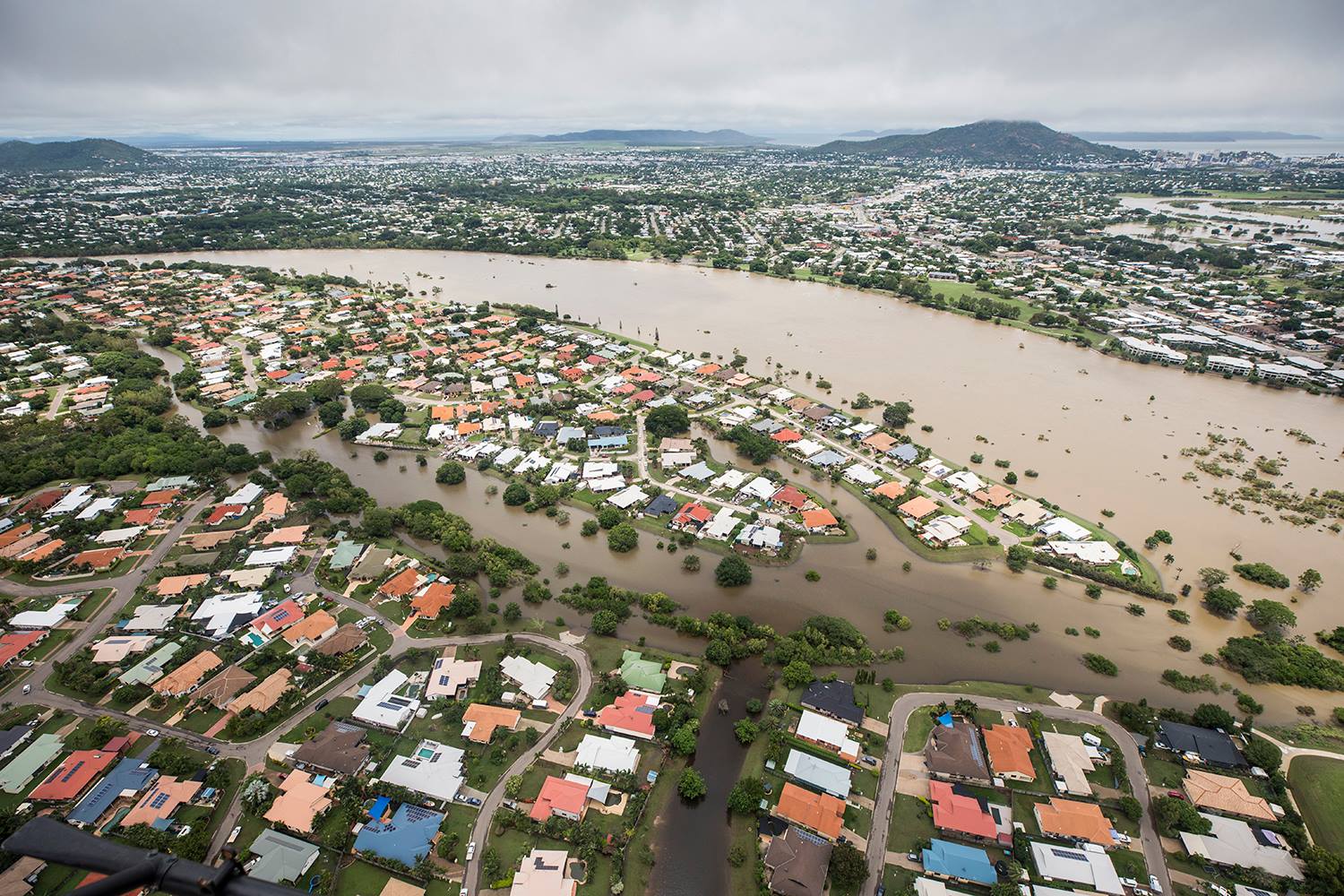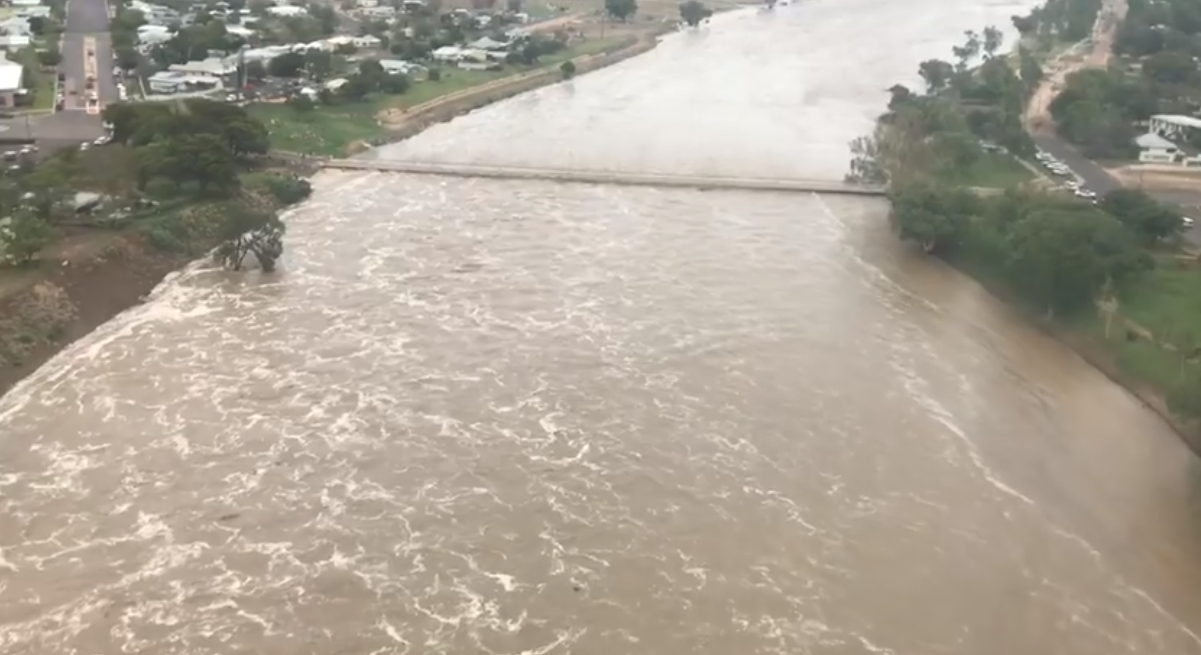Pipe lining is commonly used throughout Australia to extend the useful life of water and wastewater infrastructure, with structural liners offering potentially upwards of 50 years additional service.
But just how well do the available products work?
The Water Services Association of Australia is coordinating a three year study, starting in March, that is expected to give local councils and water utilities greater certainty on the lifespan of both currently available and new structural liners.
Water Services Association of Australia manager of utility excellence Dr Greg Ryan said the work would aim to establish a clear set of criteria around pipe-lining technology and its expected performance.
“(It will mean) water utilities can get some guidance and surety that when they have a product that the manufacturer claims is going to last a long time, it does,” Dr Ryan said.

“And the manufacturers know that if they meet these criteria then the water industry will have confidence purchasing from them.
“We are also trying to build up Australian capacity in this area – not just the pipe lining material but also sensors and probes, which is where Australia has the potential to develop a fairly strong advantage.
“What we have now is a number of manufacturers saying ‘yes we’ve got good products’, but there’s currently no agreed way of assessing whether that product is good other than trusting manufacturer claims.
“We’re trying to establish a proven standard so that if the product meets these criteria or you test it in a particular way we can be fairly sure it’s going to last 50 or 60 years.
“If that’s the case, it creates a lot of surety and saves significant costs for the water utilities as well as providing more of a market for the manufacturers.”
The Federal Government recently committed $3 million through the Cooperative Research Centres stream for the research project, which will involve a total of $24 million in funds and in-kind support.
A number of manufacturers and liner applicators have come on board as well as water utilities, Monash University, Sydney University and the University of Technology, Sydney (UTS).
Dr Ryan said the study would include laboratory work, where sections of pipe would undergo stress and accelerated deterioration testing.
He said the work would also use robots with a range of sensors as a means of testing the structural integrity of the pipe liner once it has been applied, to provide an estimate of remaining product life, rather than having to dig up pipes. Investigations may also include embedding of sensors in applied liners for ongoing monitoring of structural integrity.
The stakes are high.
Dr Ryan said the total national the value of ‘sunk infrastructure’ – that is water and sewerage pipes – was about $160 billion, with about $4 billion worth of installation or renewal work each year.
The global market opportunity for smart lining products is estimated at more than $60 billion over the next 10 years, assuming linings defer 10 per cent of pipe renewals.
Lining technologies to extend pipe life had come into prominence in the last decade, Mr Ryan said.
“This looks like very promising technology – but there is no standard anywhere in the world that says if you meet these criteria and do these tests then this is a good product that’s going to last for 50 or 60 years,” he said.
“We want to establish a proven standard.”


